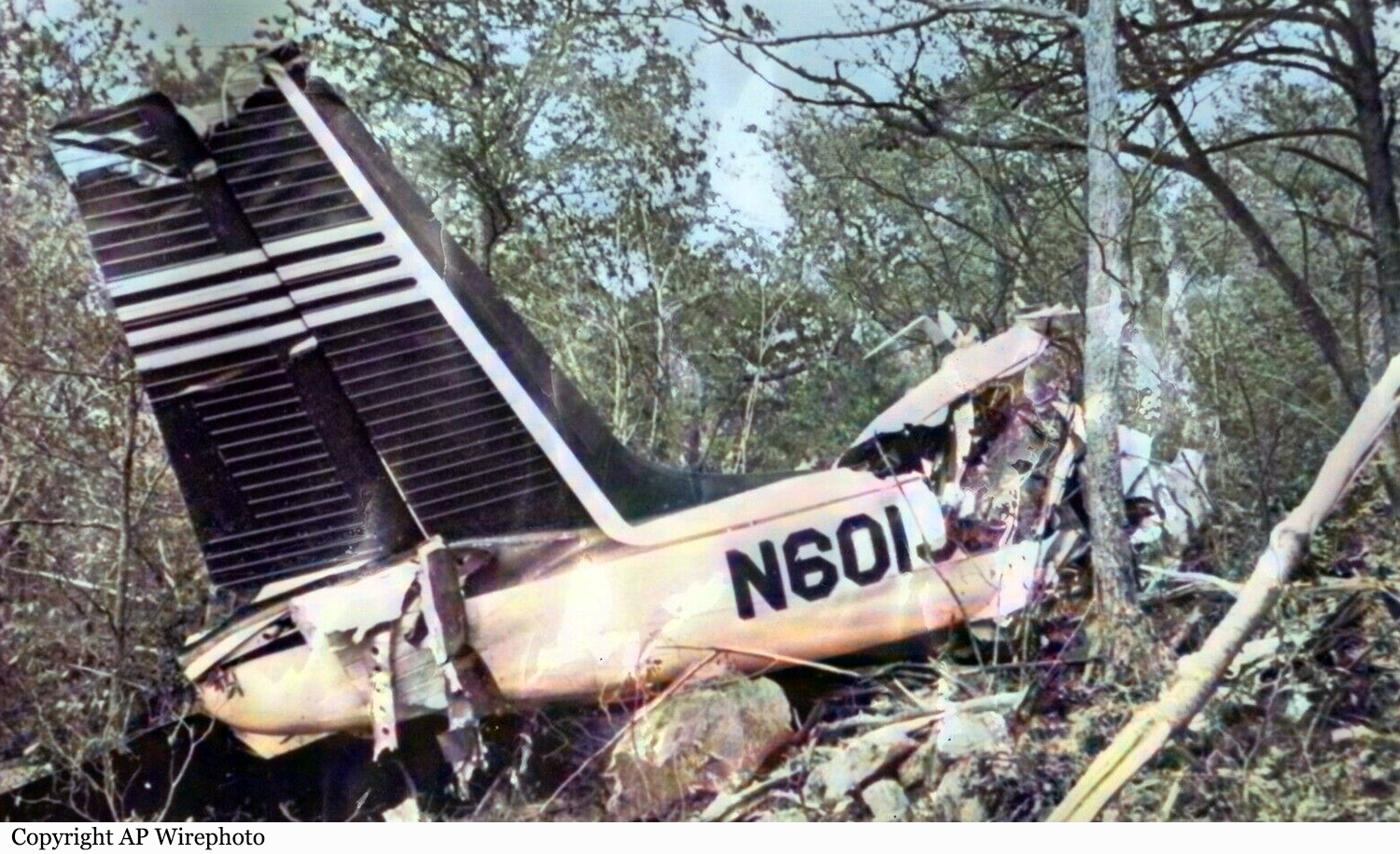Crash of a Rockwell Grand Commander 680FL near Roanoke: 6 killed
Date & Time:
May 28, 1971 at 1108 LT
Registration:
N601JJ
Survivors:
No
Schedule:
Atlanta – Martinsville
MSN:
680-491-161
YOM:
1957
Crew on board:
1
Crew fatalities:
Pax on board:
5
Pax fatalities:
Other fatalities:
Total fatalities:
6
Circumstances:
En route from Atlanta to Martinsville, while cruising under VFR mode, the pilot encountered poor weather conditions with low ceiling, rain and fog. In reduced visibility, the twin engine airplane struck trees and crashed in a hilly terrain located in the Catawba mountain range, some 11,8 miles northwest of Roanoke. The wreckage was found three days later. The aircraft was destroyed and all six occupants were killed, among them the American Actor Audie Murphy aged 45.
Probable cause:
The pilot continued VFR flight into adverse weather conditions and attempted operations beyond his experience and ability level. The following factors were reported:
- Low ceiling, rain and fog,
- High obstructions,
- Zero visibility,
- Entered instrument weather at an altitude too low to clear mountain.
- Low ceiling, rain and fog,
- High obstructions,
- Zero visibility,
- Entered instrument weather at an altitude too low to clear mountain.
Final Report:







